|
"1st Generation" Motorcycle Sirens; 1913 through late 1930's
The model on the left is of the first design from 1913. The model on the right came later. Both are 6" stator diameter, and use a cast aluminum friction roller. The first design has the letters 'B' and 'M' cast into the front grille and rear stator wall.
|
|
|
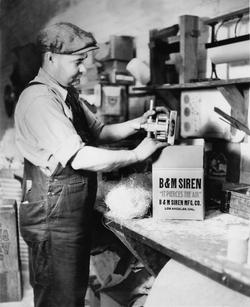 |
| Shipping |
|
|
|
"2nd Generation" Motorcycle Sirens; late 1930's onward
Stator diameter is 5", and has screws through the ports to assist in keeping fingers and other valuables out of the ports. Was available with a plain inlet or right angle horn depending upon the application. Also uses a cast aluminum friction roller.
Friction sirens are actuated by a hand lever or pedal, through linkage which pivots the siren to engage the friction roller against the tire.
Direction of rotation varies depending upon the application. This is very important if you are looking for a siren for a particular motorcycle. (The siren shown above left is clockwise rotation.)
|
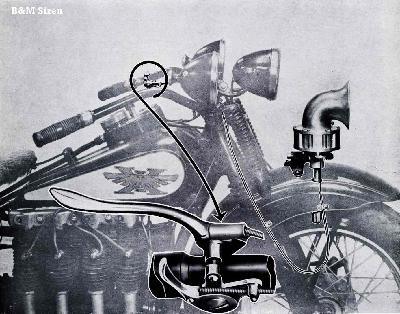 |
| Front wheel drive sirens are of clockwise rotation as viewed from the inlet. (Shown on Henderson '4' motorcycle) |
|
|
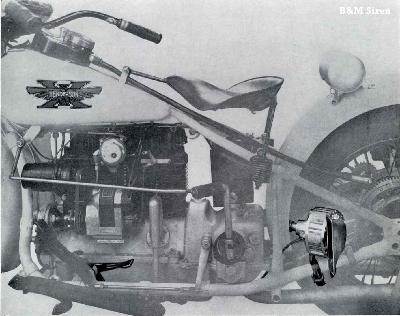 |
| Rear wheel drive for Henderson, Excelsior and Indian motorcycles. Mounted on left side of cycle, with clockwise rotation. |
|
|
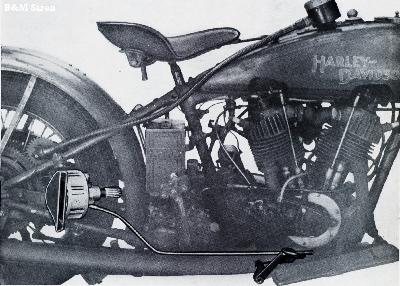 |
| Rear wheel drive for Harley-Davidson motorcycles. Mounted on right side of cycle, with counter-clockwise rotation. |
|
|
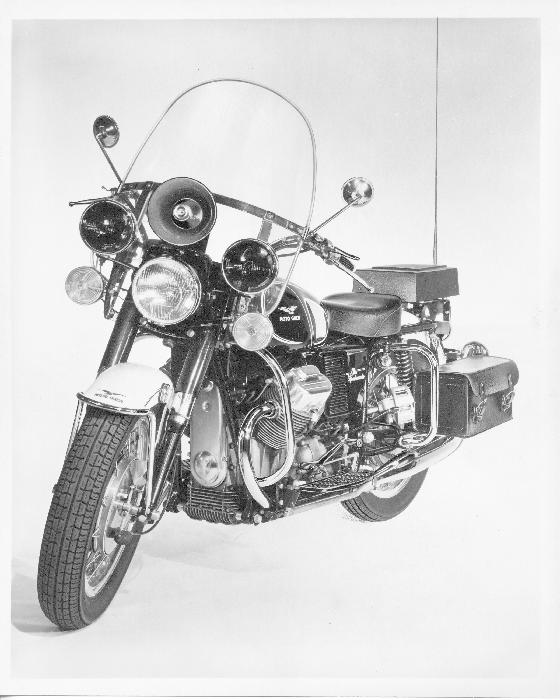 |
| Rear wheel drive for Moto-Guzzi motorcycles. Mounted on left side of cycle with clockwise rotation. Moto-Guzzis typically use the siren without an inlet horn. |
|
|
B&M no longer manufactures friction driven sirens, but can service and restore most any B&M siren which is not severely damaged.
|
 |
| Automotive Friction Sirens |
|
|
|
|
 |